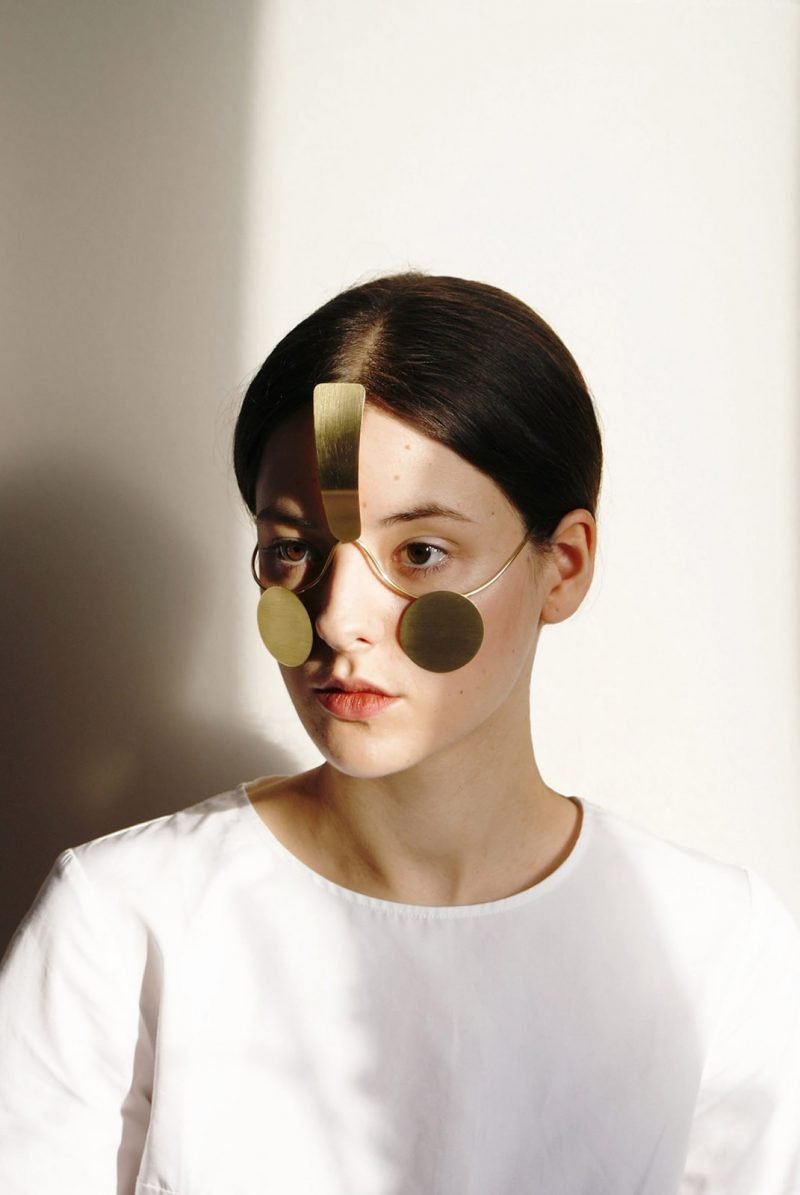Escape The Cameras
Having to deal with surveillance cameras in our cities is becoming more and more obvious nowadays, and while citizens are becoming used to the presence of these devices, artists and activists are constantly denouncing the intrusive role of the nearly-ubiquitous CCTV systems.
It is interesting to notice how the practice of surveillance is growing without satisfying documentation — on the one hand on the cartographical level, and on the other hand in terms of public debates. An exhaustive database on the presence of cameras in our city does simply not exist and in most of the cases public administrations are not even interested in mapping the phenomenon. Studies performed by the Institute for Applied Autonomy also show how cameras are mainly located in rich districts, while crimes like robbery and drug-dealing keep having a higher frequency in relatively poor neighborhoods.
It becomes indeed legitimate to question which are the priorities to consider in the moment of installing a CCTV camera, what kind of democracy they follow and what will be the benefit for the neighborhood. The same Institute for Applied Autonomy developed back in 2001 an interesting project named iSee, which original aim was to map surveillance devices in Manhattan in order to allow users to determine the ‘paths of least surveillance’ through which they can avoid as many cameras as possible.
“Given the near-ubiquitous presence of Closed Circuit TV cameras in New York, the often absurdly circuitous routes became sources of both humor and reflection on the changing urban landscape.”
It is important that the community which is subject to the surveillance acquires conscience of both the density and the location of such devices, in order to determine if the system responds to the interests of citizens and is affordable in terms of costs and efficiency. A fresh and provocative project in terms of denouncing the obtrusive presence of these devices to the citizens was awarded at the 2011 edition of Memefest, Festival of Radical Communication which “nurtures and rewards theory, practice and research of communication that works towards a more equal society”. The authors, Thomas voor ‘t Hekke and Bas van Oerle, explain their work in these terms:
“panoptICONS addresses the fact that you are constantly being watched by surveillance cameras in city centre. The surveillance camera seems to have become a real pest that feeds on our privacy. To represent this, camera birds (city birds with cameras instead of heads) were placed throughout the city centre of Utrecht where they feed on our presence.”
Another interesting project that addresses the presence of CCTV systems was already featured in a previous article.



